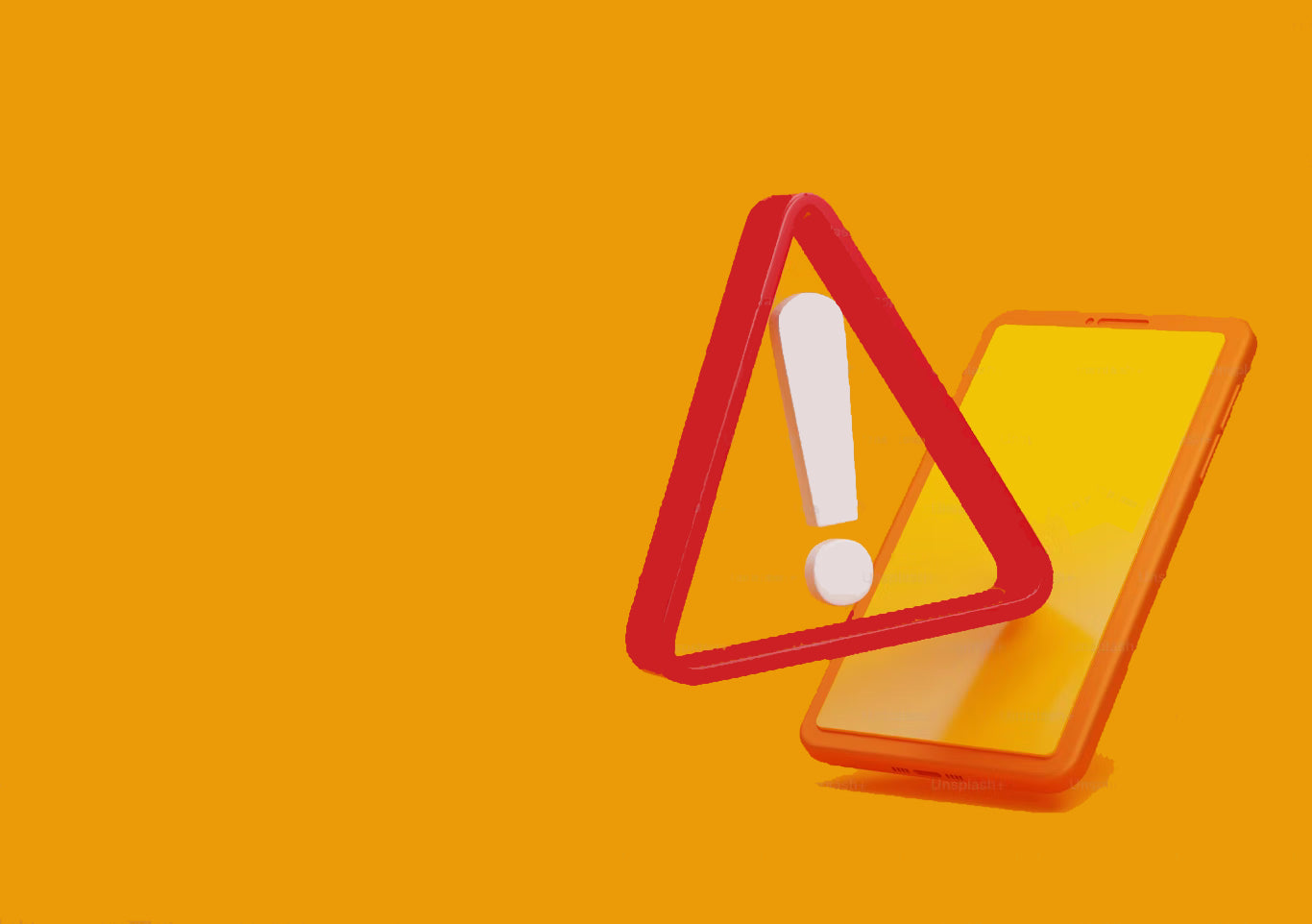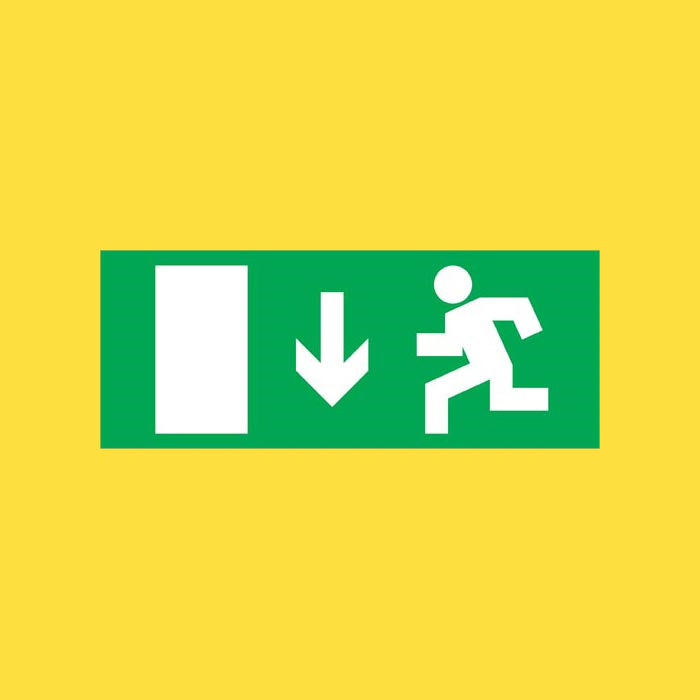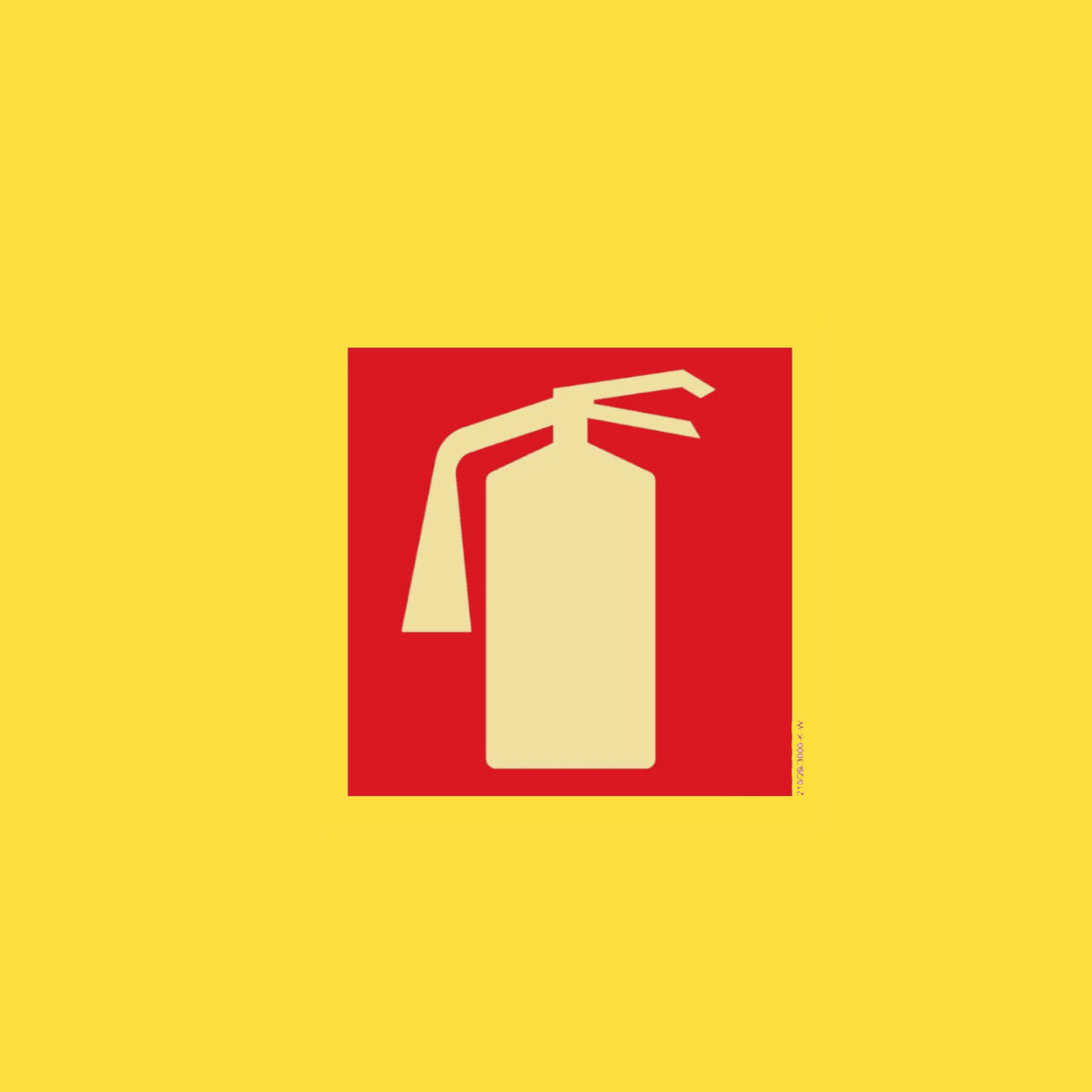ExtintoresOnline.pt
ABF Extinguishing Agent Signage
ABF Extinguishing Agent Signage
Entrega Prevista:
Couldn't load pickup availability
The Importance of ABF Extinguishing Agent Signaling
"ABF Extinguishing Agent" signage is essential for quickly identifying the location of the appropriate extinguisher to combat class A (solid materials), B (flammable liquids) and F (oils and fats) fires. Photoluminescent signage ensures that the sign is visible even in low light conditions or during power outages, enabling an immediate response in emergency situations.
Product: ABF Extinguishing Agent Sign
Product Specifications:
- Type : ABF Extinguishing Agent Sign
- Material : Photoluminescent PVC
- Dimensions : 240x85 mm
- Visibility : High visibility in dark environments
Benefits of Photoluminescent Signage
- High Visibility : Ensures the sign is easily seen in low-light environments.
- Safety : Facilitates quick location of the extinguisher, essential for an efficient response to class A, B and F fires.
- Durability : Made with high quality materials, ensuring strength and long service life.
Why Choose Extinguishers Online?
- Fast Delivery : Receive your products between 24 and 72 hours after order confirmation.
- Guaranteed Quality : All products have a Quality Certificate, guaranteeing their durability and efficiency.
- Competitive Price : We guarantee the cheapest price on the market, offering excellent value for money.
- Satisfaction Guarantee : We offer a satisfaction or money back guarantee, ensuring that you will be satisfied with your purchase.
- Customer Support : We are always available to help, providing excellent customer service.
Request a Quote
To request a quote, please contact us. Please provide your desired specifications, such as quantity and other preferences, and our team will provide you with a personalized proposal.
Share



The Technical Notes (NT), recently published by ANPC, comply with Decree-Law 220/2008, of November 12, Art. 33. They complement and detail the technical standards necessary for compliance with the Legal Regime for Fire Safety in Buildings (SCIE), and are mandatory.
Technical Notes are specifications designed to complement the SCIE legislation. They clearly define the safety requirements for architectural and specialty projects, as well as for the management and supervision of works during execution and for those responsible for building safety during operation.
Two important technical notes regarding safety signage are Technical Note No. 11 (Safety signage) and Technical Note No. 22 (Emergency plans).
Technical Note No. 11 aims to "indicate the general criteria that characterize the safety signs applicable in SCIE, list the specific signs required in RT-SCIE and present possible application solutions”. It defines the characteristics, fixing methods, location and applicability of the signs, based on international standards such as ISO, UNE and DIN.
All signage described in Technical Note No. 11 is mandatory in all buildings, except in UT I buildings (residential).
Characteristics Safety signs are characterized by their shape and color, depending on the message to be conveyed. For example, a red sign, square or rectangular, refers to alarm and fire-fighting equipment. These are the concepts prescribed by ISO 3864, a reference that has long been used in Portugal. As for the construction of each sign, it must be made of rigid, photoluminescent material and free of radioactive substances. In this characterization, NT 11 prescribes the minimum values required for light intensity at 10 minutes and 60 minutes and defines the attenuation time of the sign, that is, the time during which it must be visible, at 3,000 minutes. The values presented (see table below) are those standardized by UNE 23035 (since 2003), and which Sinalux complies with. NT 11 and in accordance with the standards set out by UNE 23035, ISO 16069 and DIN 67510, makes it a mandatory requirement, in addition to the identification of the manufacturer (by name or brand), also the marking of the minimum luminance values (X / Y - Z) on the sign: X - Luminous intensity at 10 minutes - 210 mcd/m2Y - Luminous intensity at 60 minutes - 29 mcd/m2Z - Signal autonomy - 3000 minutesTherefore, the minimum mandatory inscription will be: 210 / 29 - 3000The purpose of this marking is to protect the consumer (by identifying and holding the manufacturer accountable) and also to guarantee compliance with the NT requirements. Just as fire extinguishers have the manufacturer's name and efficiency printed on them and light bulbs have the manufacturer's name and power printed on them, safety signs must also clearly and unequivocally inform their efficiency.

Posting and Location of Safety Signs
Technical Note No. 11 (NT 11) of the ANPC establishes clear guidelines for the installation and location of safety signs in buildings, as detailed below:
Fixation Types
NT 11 describes four main types of signage attachment:
- One sided - fixed parallel to the wall.
- Double-sided - fixed perpendicular to the wall or suspended from the ceiling.
- Panoramic format - as per the examples illustrated in the figures of NT 11.
Installation Height
Signs must be installed at a height between 2.1 meters and 3.0 meters. This height may be exceeded when necessary to improve visibility.
Visibility
It is essential to ensure that signs are visible from any point where a person may be standing. Signs should be close to the light fixtures (up to 2 meters away), but never over them. It is important to remove any vinyl placed over these fixtures and install photoluminescent signage.
Sign Dimensions
NT 11 adopts the formula of ISO 3864, 1984 edition, to determine the size of the signs:
- A – Minimum area affected by each pictogram (m²)
- d – Distance at which the sign must be visible (m)
Note that "A" refers to the area affected by each pictogram and not to the sign as a whole. Therefore, the area dedicated to texts and additional information should not be considered in calculating the dimensions of the signs.
Ground Level Signaling
Although international standards recommend ground-level signage and some countries already require it, NT 11 does not address this aspect in detail. It only mentions that "signaling plates may be supplemented with photoluminescent tapes or profiles to indicate routes, delimit doors or equipment, etc."
The future publication of NP ISO 16069, currently at an advanced stage at IPQ, should provide specific guidelines on ground-level signage in Portugal.
Fire Door Signage
Both NT 11 and articles no. 35 and no. 36 of the RTSCIE establish the mandatory signage relating to fire doors.
Consultation of Technical Notes
The Technical Notes, including NT 11, can be consulted and downloaded from the ANPC website.

